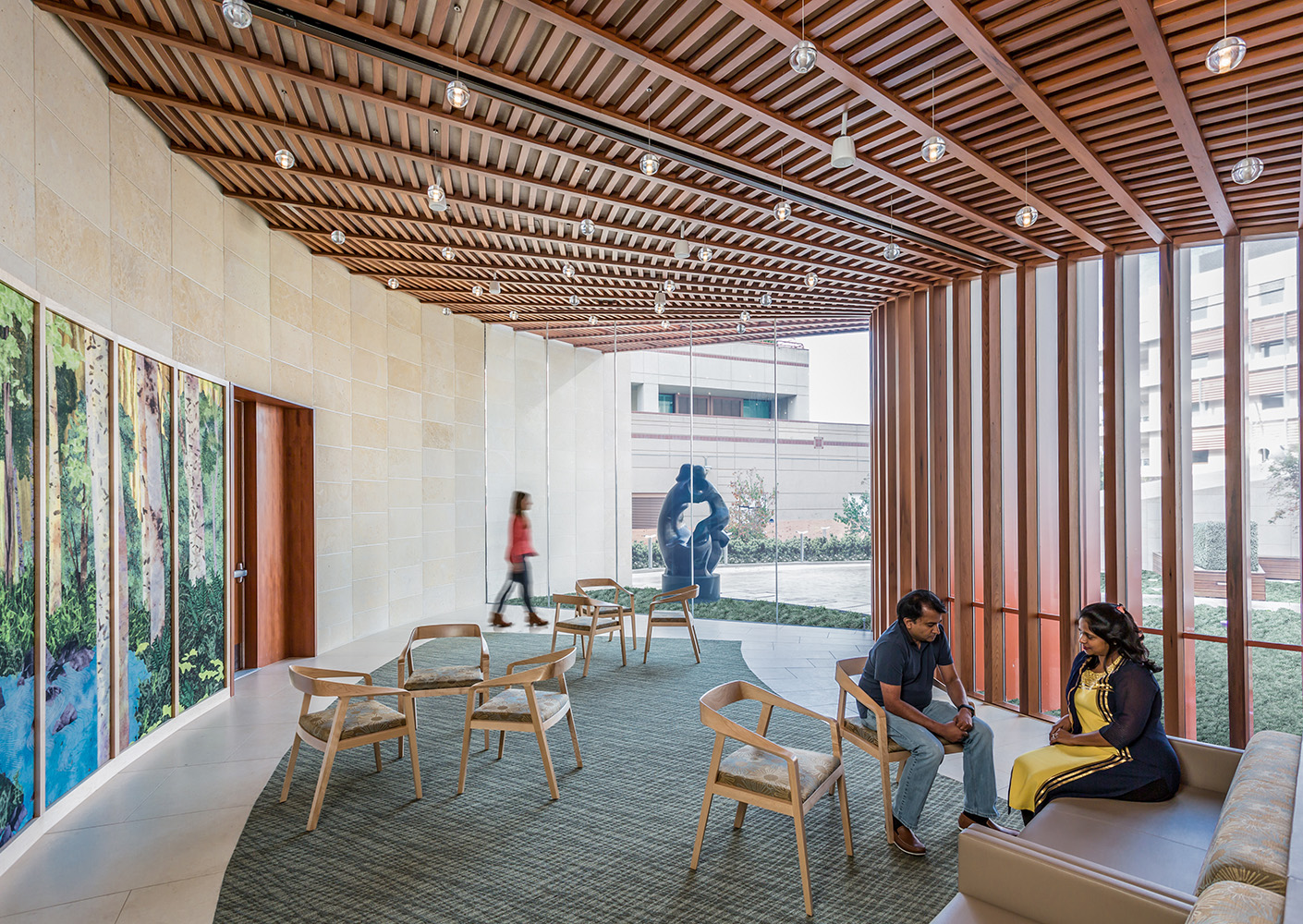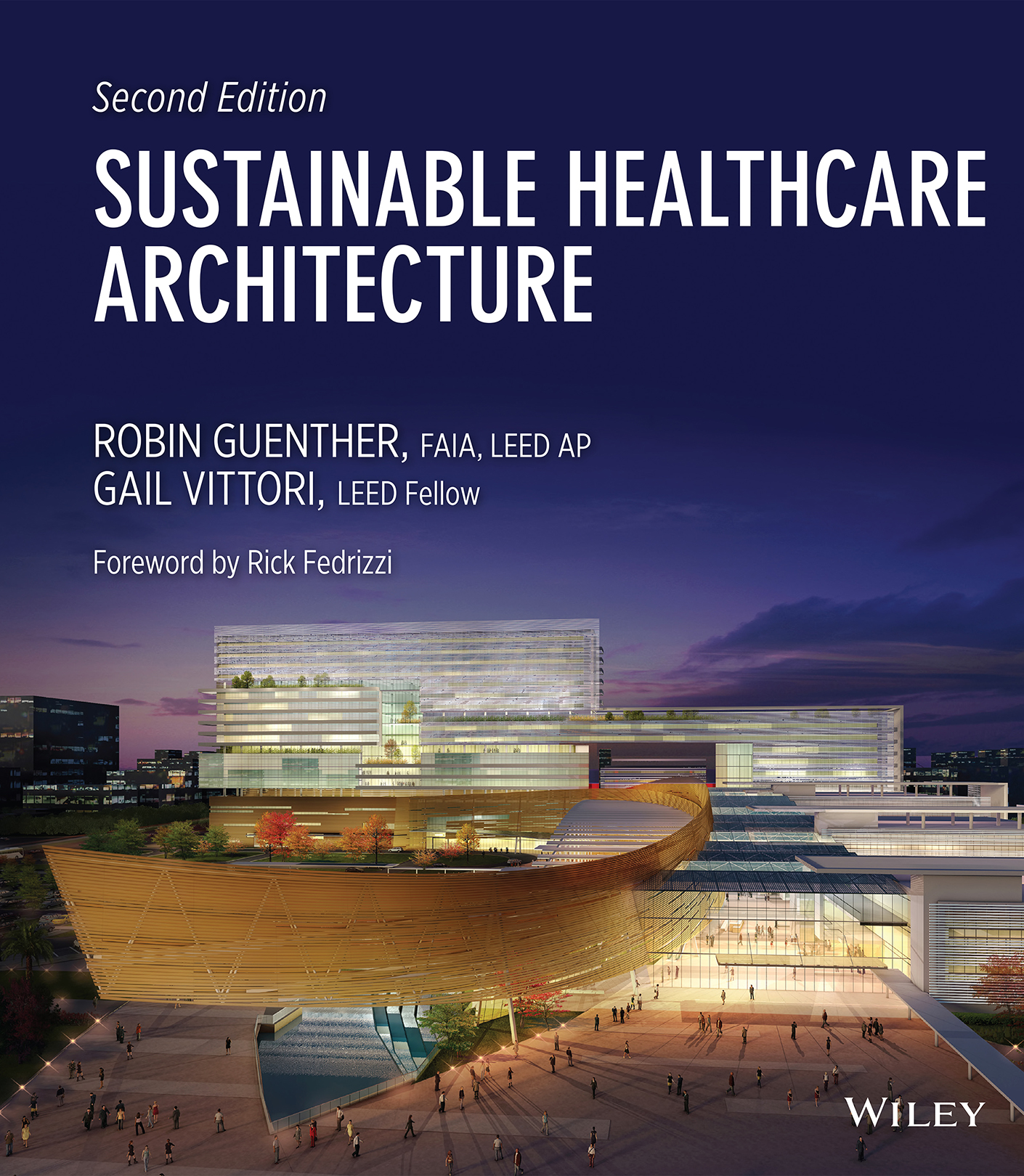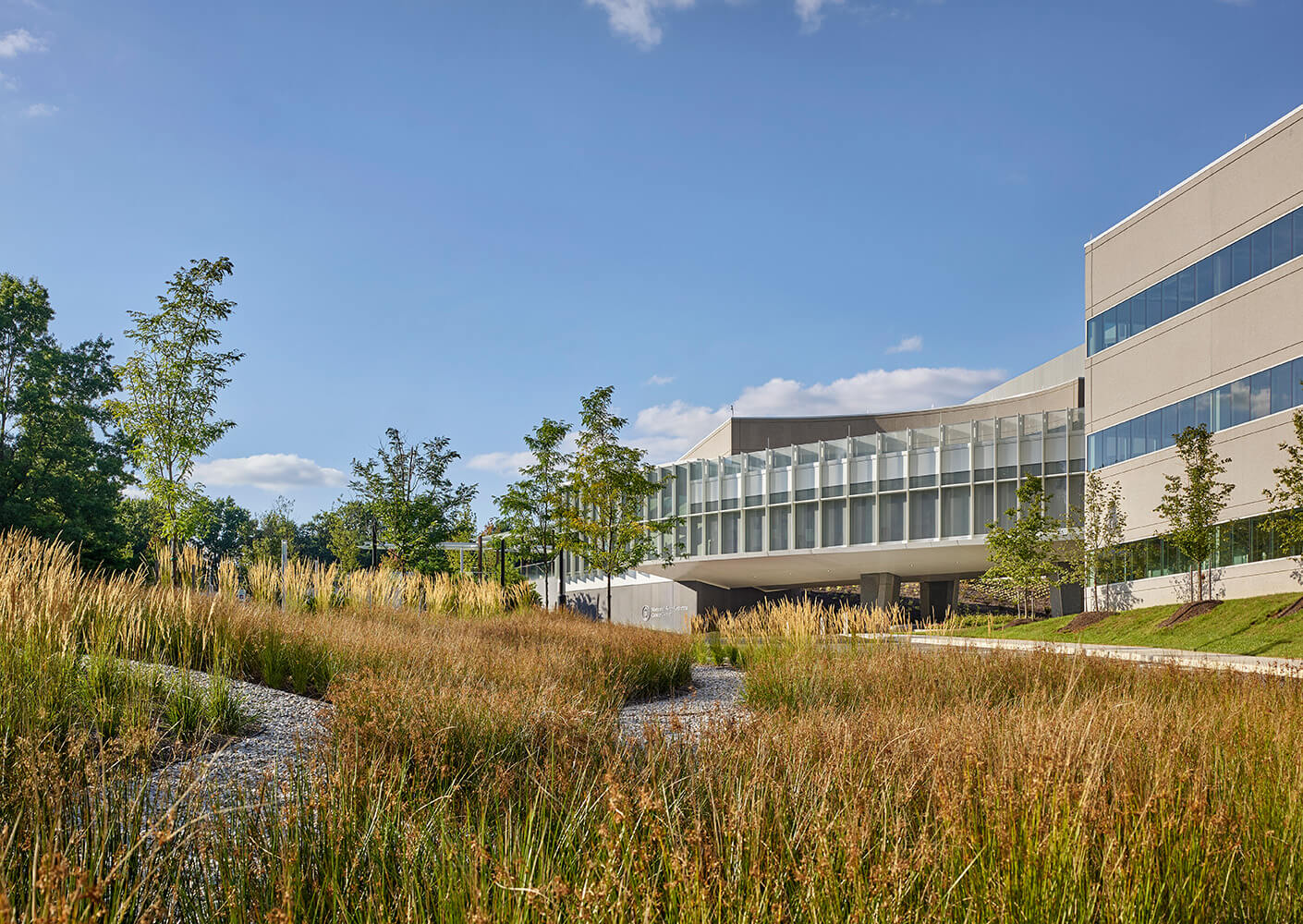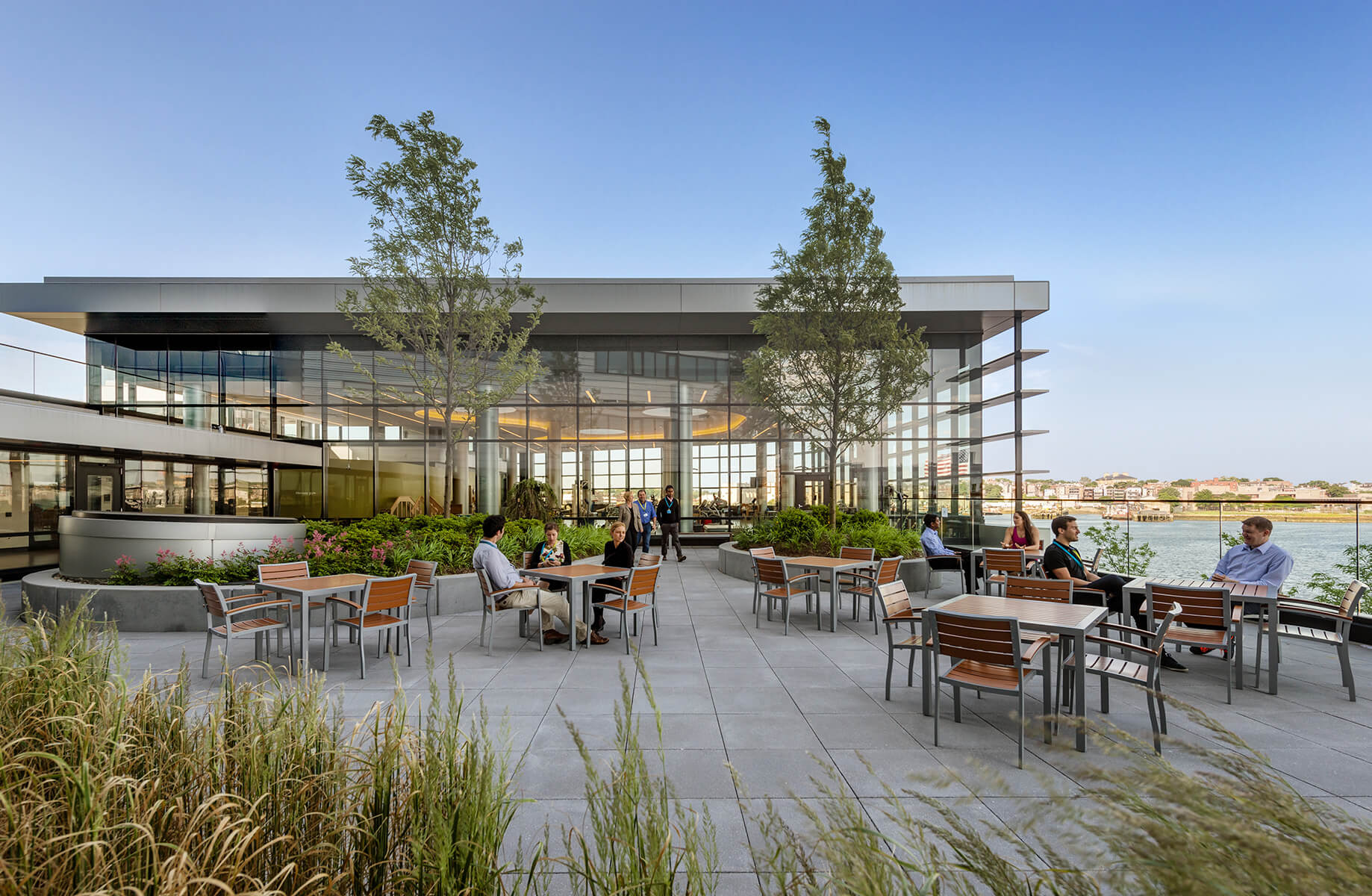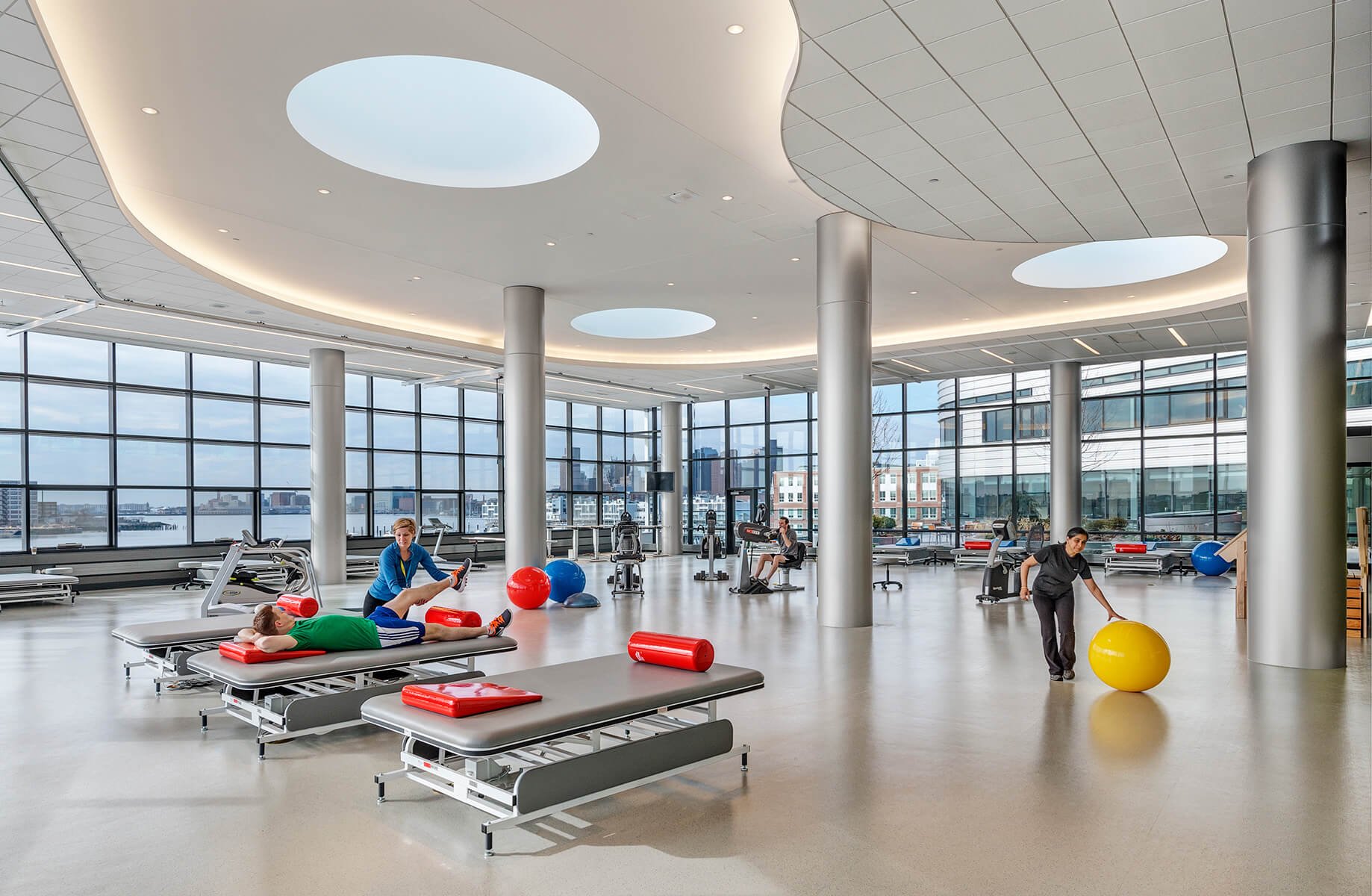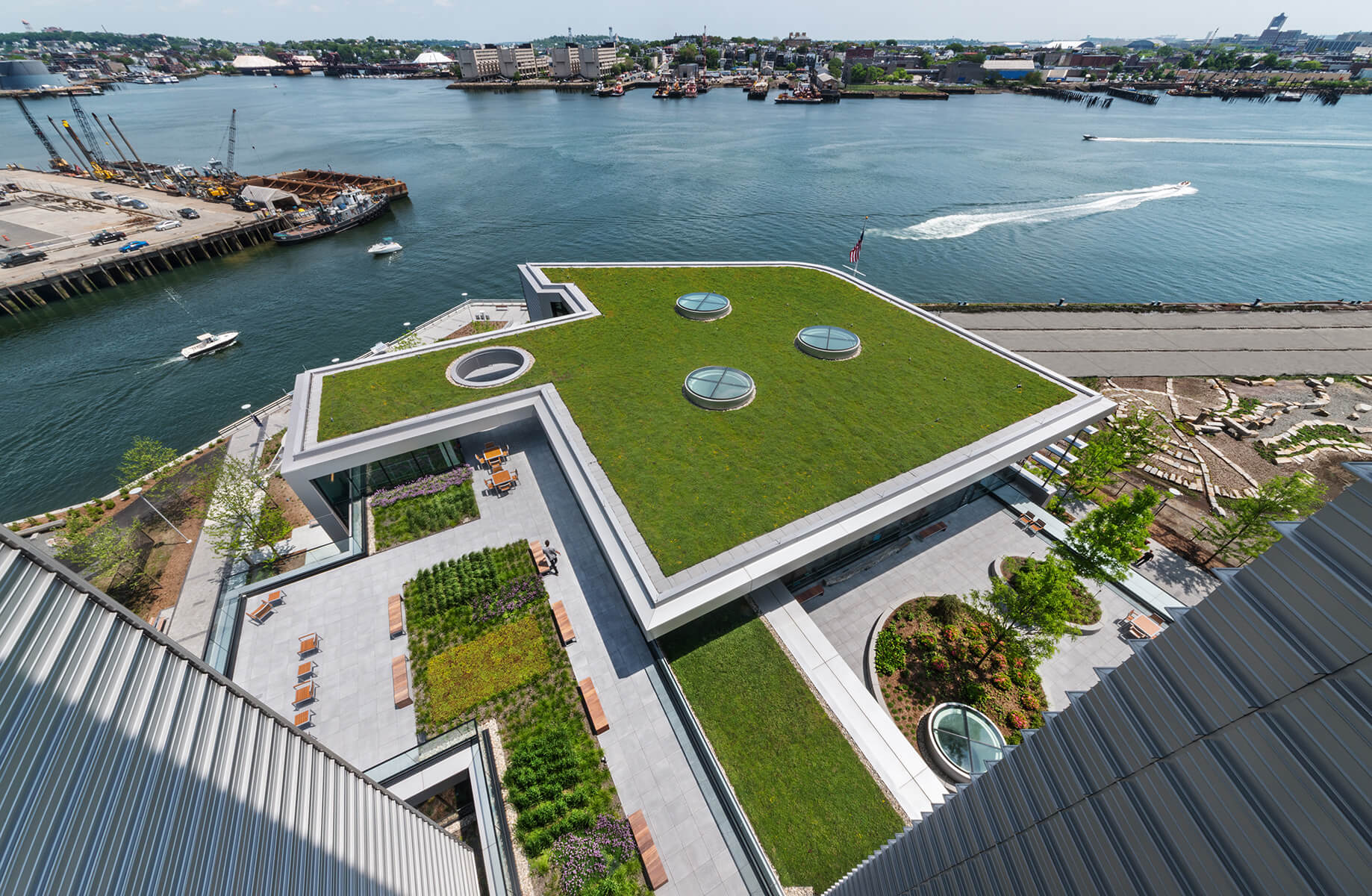The architect
Robin was a pioneer in the field of architecture; her work focused on the intersection of sustainability policy and health design. She directed the sustainable design strategies of numerous innovative healthcare projects in the U.S. and abroad, many of which have been featured in leading design publications. Some of the highlights of her work include the Lucile Packard Children’s Hospital Stanford—the second children’s hospital in the world to earn LEED Platinum certification—in Palo Alto, California; Spaulding Rehabilitation Hospital—which was designed to continue operating during catastrophic flooding—in Charlestown, Massachusetts; and Memorial Sloan Kettering Monmouth Ambulatory Care Center—the repurposing of a 1980s office building using biophilic design—in Middletown, New Jersey.


